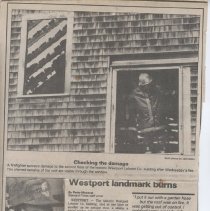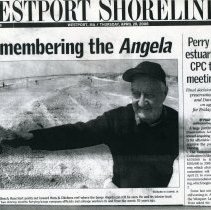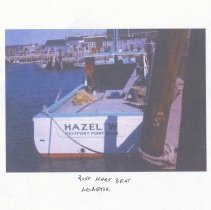Person Record
Metadata
Name |
Hart, Russell T. |
Related Records
-
2006.085.001 - Westport Lobster Company building sustains an estimated $125,000 in damage February 18,1987. The building is about 150 years old and a very important to Central Village. It is one of the oldest pieces of property in the Village.
Lobster Company Central Village
Record Type: Archive

-
2007.038.010 - Resolution of the Selectmen of Westport in appreciation of the work of Colonel Frank J. Cassidy.
Record Type: Archive

-

-
2008.099.026 - History Study Group: Jean and Russ Hart, Charlie Costa, Gertrude Feio Maduro, Norma Judson, Elaine Ostroff
Record Type: Archive

-
2008.099.029 - Westport Historical Society: An Oral History: Russ and Jean Hart, Freddie and Thelma Candeias
Record Type: Archive

-
2019.020.006 - Interview with Russ Hart about stone wall history https://vimeo.com/320602834
Stonework Stone walls
Record Type: Archive

-

-

-

